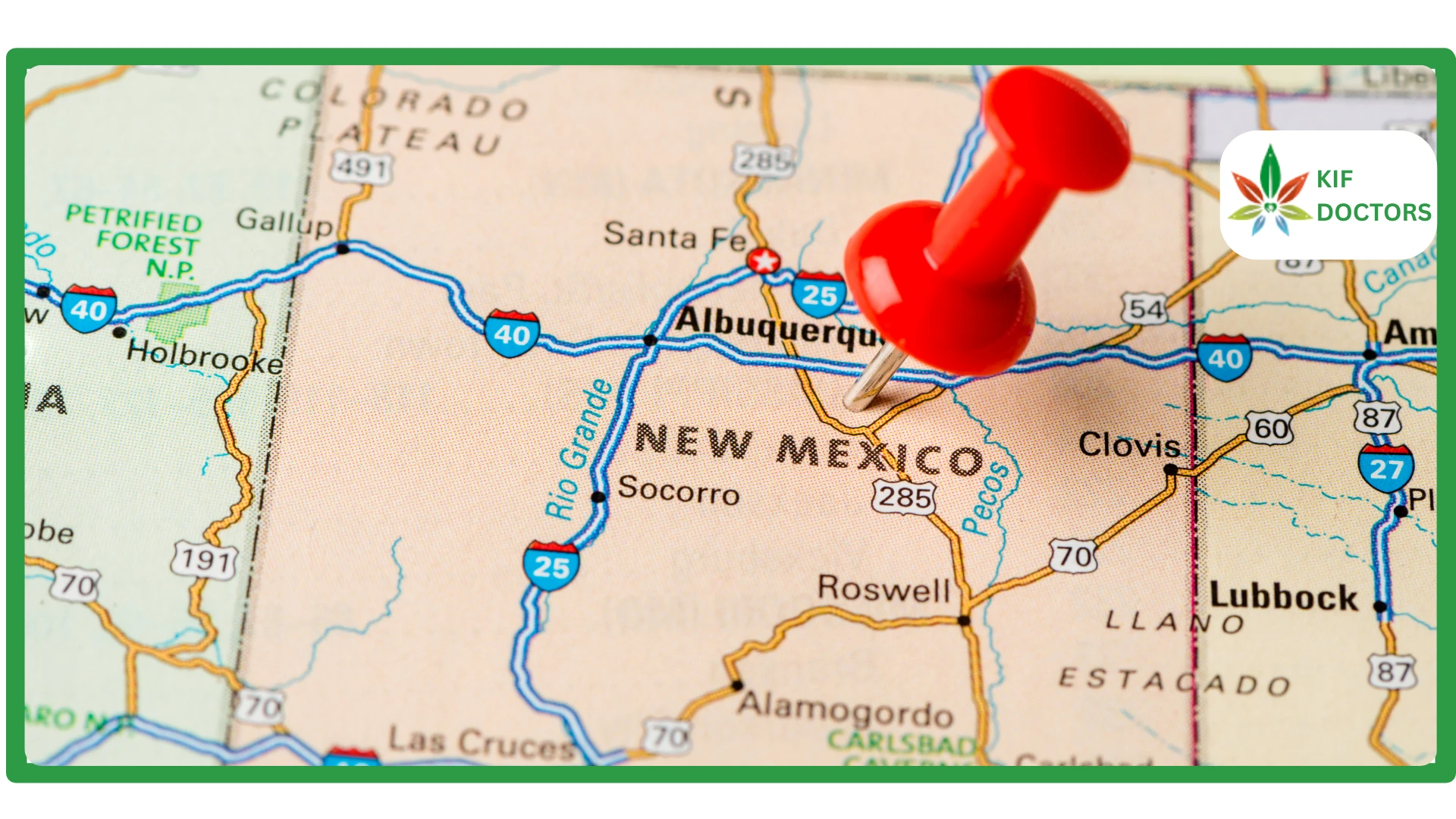Over the years, research has proved that marijuana does contain several health benefits. This led to many US states establishing their medical marijuana programs and allowing qualifying patients to benefit from the therapeutic properties of marijuana. However, excessive use of marijuana can also lead to several health complications, the most prominent of them being Cannabinoid Hyperemesis Syndrome. CHS is quite rare yet the disorder can be categorized by severe nausea, abdominal pain, and vomiting.
CHS and its symptoms
The most common symptoms associated with CHS are vomiting nausea, and abdominal pain. However, it is important to note that many individuals suffering from such symptoms think that these symptoms are due to some gastrointestinal disorder rather than CHS. This can lead to further intake of marijuana to relieve these symptoms but doing so will only worsen the situation.
The very first phase of CHS, more commonly known as the ‘prodromal phase’ is the phase when you’re experiencing severe cycles of vomiting, nausea, and abdominal pain. There’s a very high chance of confusing the prodromal phase with a gastrointestinal disorder.
The ‘hyperemesis phase’ usually occurs after the prodromal phase and the symptoms last between 24-48 hours. This phase is characterized by further cycles of nausea, abdominal pain, and vomiting while you may start feeling weak due to electrolyte imbalance. Hot showers may provide you with some temporary relief during this period.
The final phase is the ‘recovery phase’ when the symptoms usually start to diminish gradually and finally vanish completely. However, the healing can take even days during which the patient may feel extreme fatigue and weakness. However, the normal appetite and gastrointestinal functions will recover after some time.
The best possible way to treat CHS
CHS is quite a rare disorder and if you’re suffering from it, you need to take some measures to completely get rid of it. So far, the only possible way to treat CHS is by completely cutting off your marijuana intake. Most people keep taking marijuana assuming that it will help with the nausea or abdominal pain. But that makes the situation even worse.
It is important to remember that you may feel some post-marijuana use symptoms after not taking it for long. However, these symptoms can be easily treated by using medical and psychological help.
How to smoke marijuana without causing CHS?
But is there a way through which I can use marijuana and not cause CHS? Yes, there is. The following are some ways through which you can use marijuana and not cause CHS at all,
- Don’t use marijuana for long:
If you’re not using marijuana for medical reasons, we would advise you to stop taking it for a long period. The whole concept of recreational use of marijuana revolves around consuming it occasionally and enjoying its therapeutic benefits.
- Prefer high-quality products:
In many CHS cases, the patients are often found consuming sub-standard marijuana products that do not resonate with the body as high-quality products do.
Know about your strain: Remember, not every marijuana strain is for you. Consult an expert to find the best possible strain for you.
- Be moderate with the use:
Consuming a lot of marijuana won’t get you any higher than you possibly can. That’s why, make sure to follow a moderate consumption pattern so your body gets more time to adapt to the cannabis strain.
Final Note
Using excessive marijuana can eventually lead to disorders like CHS and that’s a fact. However, it is up to the consumer to responsibly use marijuana so its beneficial impacts can be felt by the body rather than getting morning sickness every day.
 Since 2021, Kif offers a streamlined platform to get a medical marijuana card online. We have served more than 45K patients across the United States. Sign Up Now to get the right to use medical cannabis for your health condition without any delay.
Since 2021, Kif offers a streamlined platform to get a medical marijuana card online. We have served more than 45K patients across the United States. Sign Up Now to get the right to use medical cannabis for your health condition without any delay.























